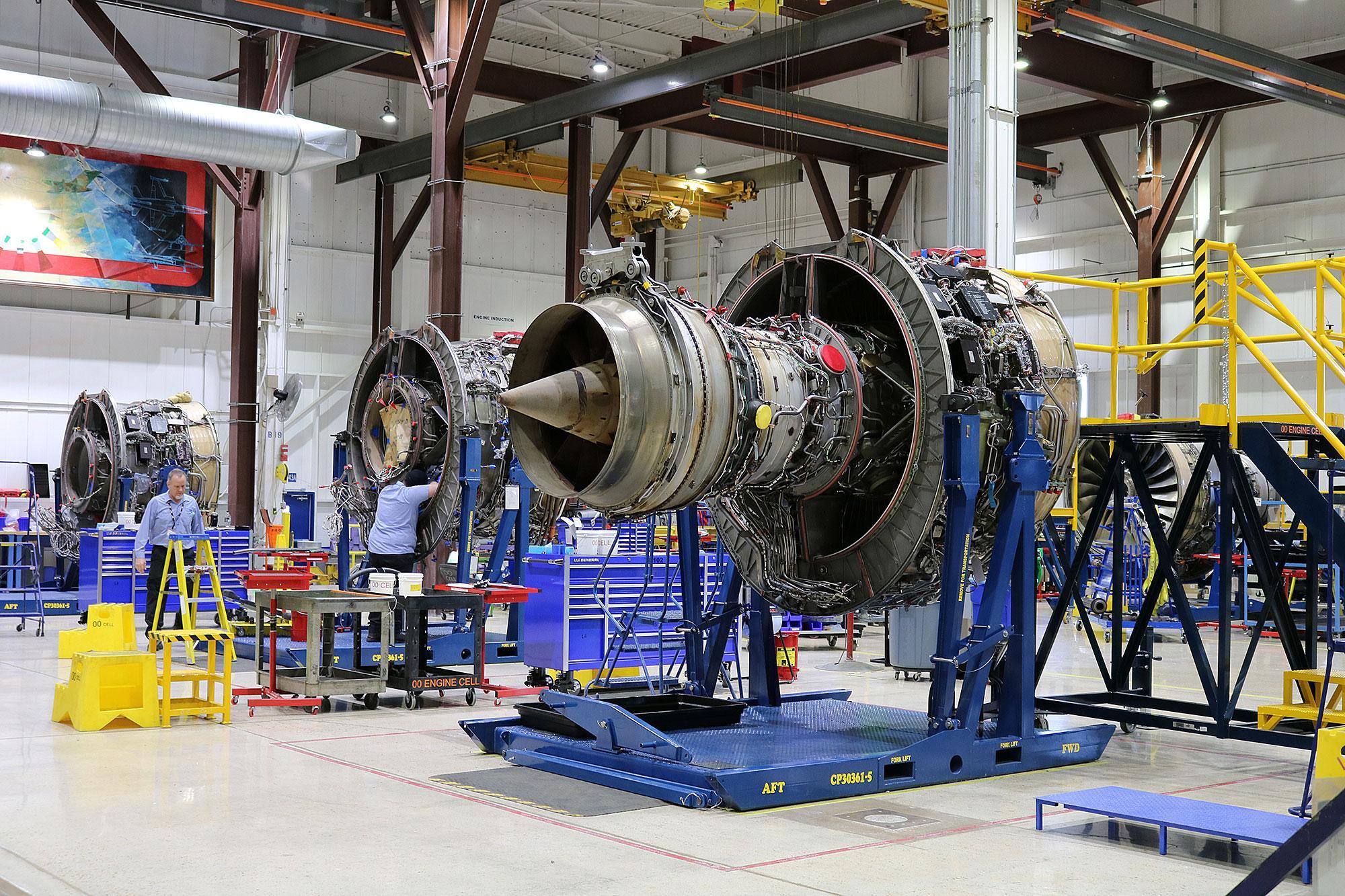
StandardAero’s broad portfolio of MRO capabilities has shielded it somewhat from the dramatic market downturn in the face of the novel coronavirus crisis, but the independent MRO is now shifting from growth mode to focus on adapting to near term uncertainties.
According to Alex Trapp, senior vice president of business development at StandardAero, the company doubled in size over the last five years while significantly growing its backlog for the next decade. This has included growing its worldwide facilities from 14 to 40 and nearly doubling the engine platforms it services from 25 to 41. Following its acquisition by The Carlyle Group, which closed in April 2019, the MRO’s growth has included the acquisition of Safe Aviation Solutions, multiple facility expansions and the opening of a new helicopter MRO facility in Vancouver, Canada.
“Prior to COVID-19, we were in expansion mode in all of our business units and hiring many new technicians at virtually all of our sites globally,” says Trapp, noting that StandardAero had been considering growth opportunities in emerging economies such as Asia-Pacific and Latin America. “Looking ahead, the operating model for an MRO company will likely require a more effective combination of cost efficiency, operating flexibility, balance sheet resiliency, market segment diversification and strategic agility.”
The impacts of the coronavirus have varied across the market segments StandardAero serves, with commercial aviation being the hardest hit. Trapp says StandardAero expects to see direct impacts to its commercial engine MRO volumes for the rest of the year, despite backlog on certain engine programs enabling its shops to remain busy on the front end during the pandemic—particularly in North America.
“We are not sure what the level of decline will be yet, but we are continuing to evaluate scenarios. We have had some induction holds, cancellations and requests for workscope changes by customers,” says Trapp, adding that backlog and pipeline for regional jet and turboprop engine MRO is steadier, but still showing signs of declining demand. “We are managing this situation daily and have contingency plans for quickly aligning operating costs with volume declines on an engine program-by-program and site-by-site basis.”
StandardAero is also seeing component repair volumes impacted, which Trapp says is being primarily driven by flying reductions, airline de-stocking, deferred maintenance spending and availability of used serviceable material driven by aircraft retirements. Reduced parts availability due to supply chain constraints has also affected StandardAero’s overhaul times and deliveries, including some COVID-19 specific logistical constraints in receiving parts and shipping completed engines to certain geographic locations.
However, StandardAero is also seeing some bright spots despite challenges. Trapp says it has seen some potential new business opportunities within component repair from customers that are not currently able to send their work to shops that have already closed, and its business aviation segment is seeing “a very strong pipeline of volumes” as well as some “unanticipated improvements in scheduled bookings and higher inputs than planned prior to COVID-19.” Trapp says this is due to operators using downtime as an opportunity to bring assets in for early maintenance.
Despite this, StandardAero is anticipating business MRO volumes to decline throughout the year and does not expect the commercial transport market to fully recover to 2019 traffic levels for 2-3 years. The one segment where StandardAero is seeing steady demand now and into the future is military MRO, which it expects “to continue operating in a normalized fashion.”
StandardAero’s primary MRO facilities continue to remain open for business and Trapp says the company is complying with public health and safety guidelines. In addition to expanding technology use for remote work, StandardAero is adjusting shift schedules to promote social distancing, performing facility and workspace deep cleaning between shifts with more potent cleaning agents and restricting non-essential visitors to its facilities.





